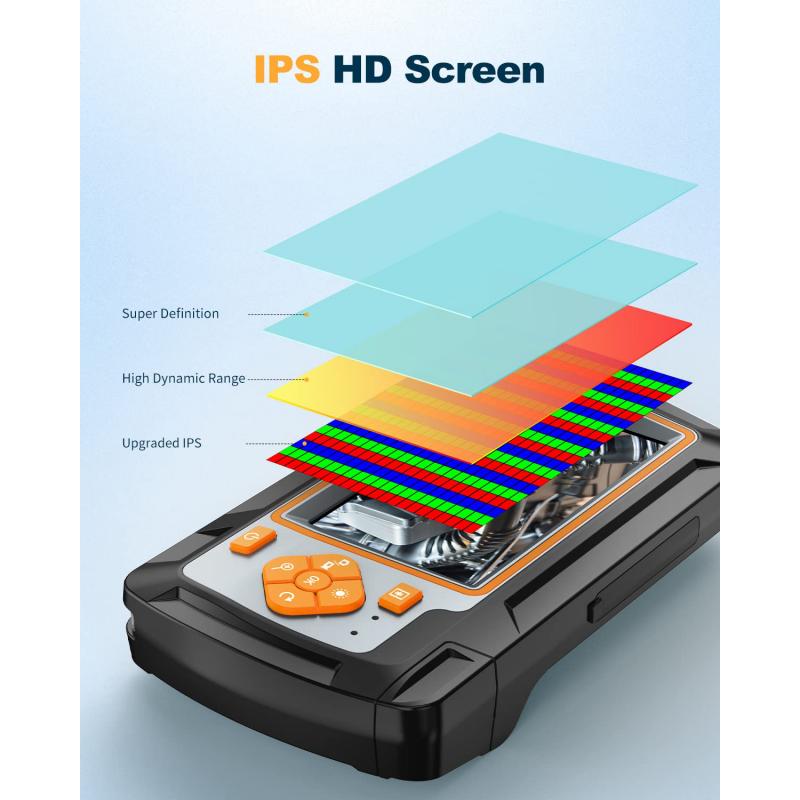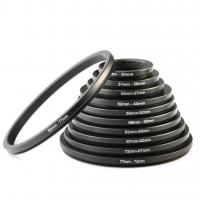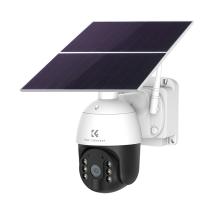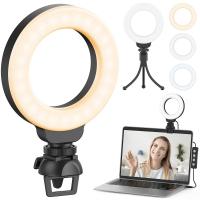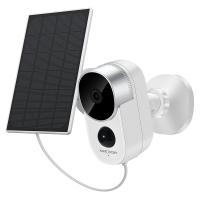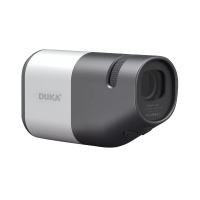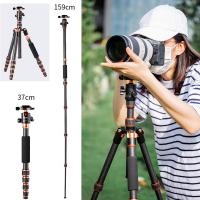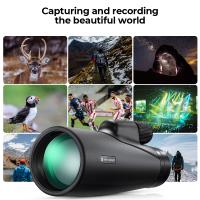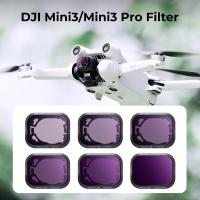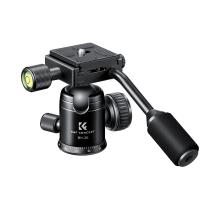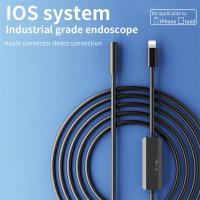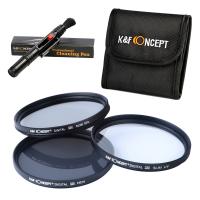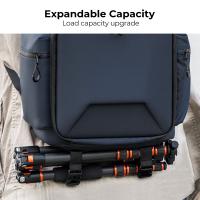What Are Endoscopic Procedures ?
Endoscopic procedures are minimally invasive medical procedures that involve the use of an endoscope, a flexible tube with a light and camera attached to it. These procedures allow doctors to visualize and examine the internal organs and structures of the body without the need for large incisions. Endoscopes can be inserted through natural body openings, such as the mouth or anus, or through small incisions made in the skin.
Endoscopic procedures are commonly used for diagnostic purposes, as they provide a direct view of the affected area and allow for the collection of tissue samples for further analysis. They are also used for therapeutic interventions, such as removing polyps or tumors, cauterizing bleeding vessels, or placing stents to open up blocked passages.
Some examples of endoscopic procedures include upper gastrointestinal endoscopy (EGD), colonoscopy, bronchoscopy, cystoscopy, and laparoscopy. These procedures have revolutionized the field of medicine by offering a less invasive alternative to traditional surgical techniques, resulting in shorter recovery times, reduced pain, and fewer complications for patients.
1、 Diagnostic endoscopy: Visual examination of internal organs using an endoscope.
Endoscopic procedures refer to medical techniques that involve the use of an endoscope, a flexible tube with a light and camera attached to it, to visually examine internal organs and tissues. These procedures are commonly used for diagnostic purposes, allowing physicians to visualize and assess the condition of various body parts without the need for invasive surgery.
Diagnostic endoscopy is a key application of endoscopic procedures. It enables doctors to directly visualize internal organs such as the gastrointestinal tract, respiratory system, urinary tract, and reproductive system. By inserting the endoscope through natural body openings or small incisions, physicians can obtain real-time images of the organs and identify any abnormalities or diseases.
During a diagnostic endoscopy, the endoscope transmits high-quality images to a monitor, allowing the physician to examine the organ in detail. In some cases, additional tools can be passed through the endoscope to collect tissue samples for biopsy or perform therapeutic interventions such as removing polyps or cauterizing bleeding vessels.
The latest advancements in endoscopic technology have significantly improved the diagnostic capabilities of these procedures. High-definition cameras and advanced imaging techniques, such as narrow-band imaging and confocal laser endomicroscopy, provide enhanced visualization and better detection of subtle abnormalities. Additionally, the development of minimally invasive endoscopic techniques, such as capsule endoscopy and single-incision laparoscopy, has expanded the range of organs that can be examined with minimal discomfort and scarring.
Overall, endoscopic procedures, particularly diagnostic endoscopy, have revolutionized the field of medicine by enabling non-invasive visualization and assessment of internal organs. These procedures play a crucial role in early detection, diagnosis, and monitoring of various diseases, ultimately leading to improved patient outcomes and quality of life.

2、 Therapeutic endoscopy: Minimally invasive procedures performed using an endoscope.
Endoscopic procedures refer to a set of minimally invasive medical techniques performed using an endoscope, which is a flexible tube with a light and camera attached to it. These procedures allow physicians to visualize and access various parts of the body through natural openings or small incisions, without the need for major surgery.
Therapeutic endoscopy involves using an endoscope to not only diagnose but also treat certain medical conditions. It has revolutionized the field of medicine by providing a less invasive alternative to traditional surgical procedures. Therapeutic endoscopy can be used to treat a wide range of conditions, including gastrointestinal disorders, respiratory diseases, urological problems, and gynecological issues.
One of the key advantages of therapeutic endoscopy is its ability to provide real-time visualization of the affected area. This allows physicians to accurately diagnose and treat conditions such as ulcers, polyps, tumors, strictures, and bleeding. The endoscope can be equipped with various tools and instruments, such as forceps, snares, lasers, and cautery devices, which enable the physician to perform a wide range of therapeutic interventions.
In recent years, there have been significant advancements in endoscopic technology, leading to improved outcomes and expanded applications. For example, endoscopic ultrasound (EUS) combines endoscopy with ultrasound imaging, allowing for more precise diagnosis and staging of certain cancers. Endoscopic retrograde cholangiopancreatography (ERCP) enables the diagnosis and treatment of conditions affecting the bile ducts and pancreas. Additionally, endoscopic mucosal resection (EMR) and endoscopic submucosal dissection (ESD) techniques have been developed to remove precancerous or early-stage cancerous lesions from the gastrointestinal tract.
Overall, therapeutic endoscopy has transformed the field of medicine by providing less invasive and more effective treatment options for a wide range of conditions. It continues to evolve, with ongoing research and development aimed at further improving techniques, expanding indications, and enhancing patient outcomes.
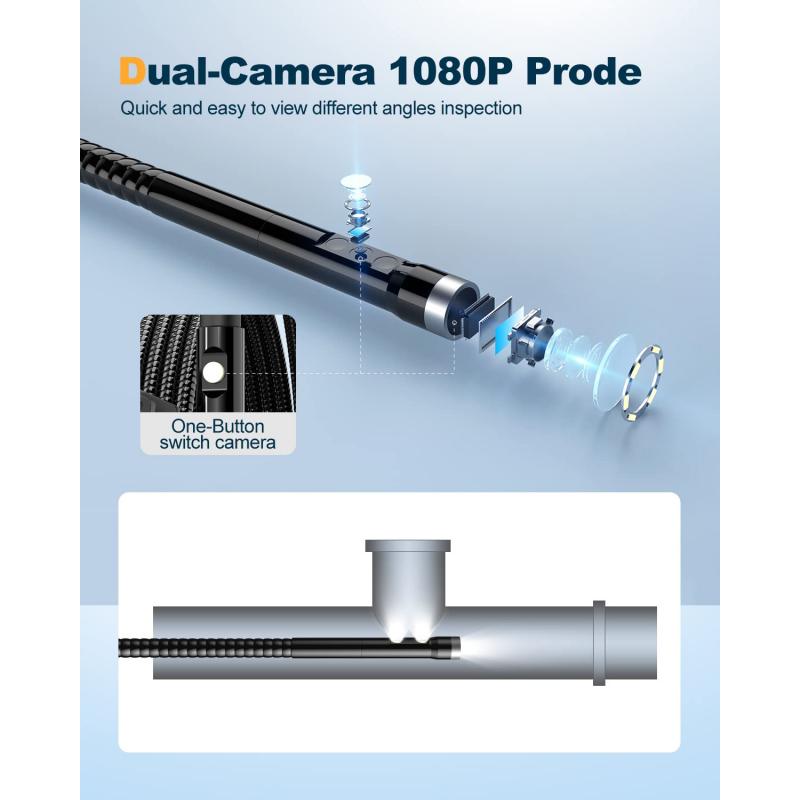
3、 Gastrointestinal endoscopy: Endoscopic procedures focused on the digestive system.
Gastrointestinal endoscopy refers to a set of medical procedures that involve the use of an endoscope to examine and treat the digestive system. An endoscope is a flexible tube with a light and a camera attached to it, which allows doctors to visualize the inside of the gastrointestinal tract and perform various interventions.
Endoscopic procedures are commonly used to diagnose and treat a wide range of gastrointestinal conditions. They can be used to investigate symptoms such as abdominal pain, difficulty swallowing, gastrointestinal bleeding, and changes in bowel habits. By directly visualizing the digestive system, doctors can identify abnormalities such as ulcers, polyps, tumors, and inflammation.
During an endoscopic procedure, the endoscope is inserted through the mouth or anus and guided through the esophagus, stomach, and intestines. The camera on the endoscope transmits real-time images to a monitor, allowing the doctor to examine the lining of the digestive tract. In addition to visualization, endoscopes can also be equipped with tools to take biopsies, remove polyps, stop bleeding, and perform other therapeutic interventions.
Advancements in technology have led to the development of more advanced endoscopic procedures. For example, endoscopic ultrasound (EUS) combines endoscopy with ultrasound imaging to obtain detailed images of the digestive tract and surrounding structures. This technique is particularly useful for staging cancers and guiding interventions such as fine-needle aspiration.
Another emerging technique is endoscopic submucosal dissection (ESD), which allows for the removal of larger lesions from the gastrointestinal tract without the need for open surgery. ESD has shown promising results in the treatment of early-stage gastrointestinal cancers.
Overall, gastrointestinal endoscopy plays a crucial role in the diagnosis and management of various digestive system disorders. It offers a minimally invasive approach, allowing for accurate diagnosis, targeted interventions, and improved patient outcomes.
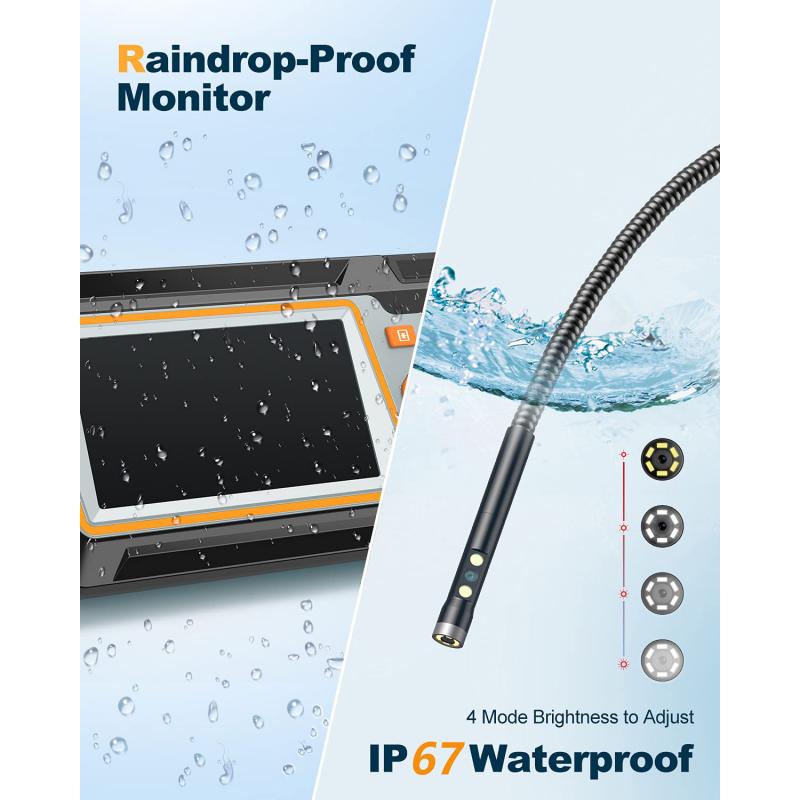
4、 Bronchoscopy: Endoscopic examination of the airways and lungs.
Bronchoscopy is a type of endoscopic procedure that involves the examination of the airways and lungs. It is a minimally invasive technique that allows doctors to visualize the inside of the respiratory system using a flexible tube called a bronchoscope. This tube is inserted through the nose or mouth and guided down into the airways.
During a bronchoscopy, the bronchoscope is equipped with a light source and a camera, which allows the doctor to see the airways in real-time on a monitor. The procedure can be performed under local anesthesia, conscious sedation, or general anesthesia, depending on the patient's condition and the complexity of the examination.
Bronchoscopy serves both diagnostic and therapeutic purposes. It is commonly used to investigate various respiratory conditions such as chronic cough, unexplained lung infections, lung cancer, and pulmonary fibrosis. The procedure allows doctors to visually inspect the airways, collect tissue samples for biopsy, remove foreign objects or excess mucus, and even treat certain lung conditions.
In recent years, advancements in technology have improved the capabilities of bronchoscopy. For example, the introduction of advanced imaging techniques, such as narrow-band imaging and autofluorescence bronchoscopy, has enhanced the detection of early-stage lung cancer and precancerous lesions. Additionally, the development of endobronchial ultrasound (EBUS) has revolutionized the diagnosis and staging of lung cancer by allowing doctors to visualize and biopsy lymph nodes adjacent to the airways.
Overall, bronchoscopy is a valuable tool in the diagnosis and management of respiratory diseases. It offers a safe and effective means of examining the airways and lungs, providing valuable information for accurate diagnosis and appropriate treatment planning.
